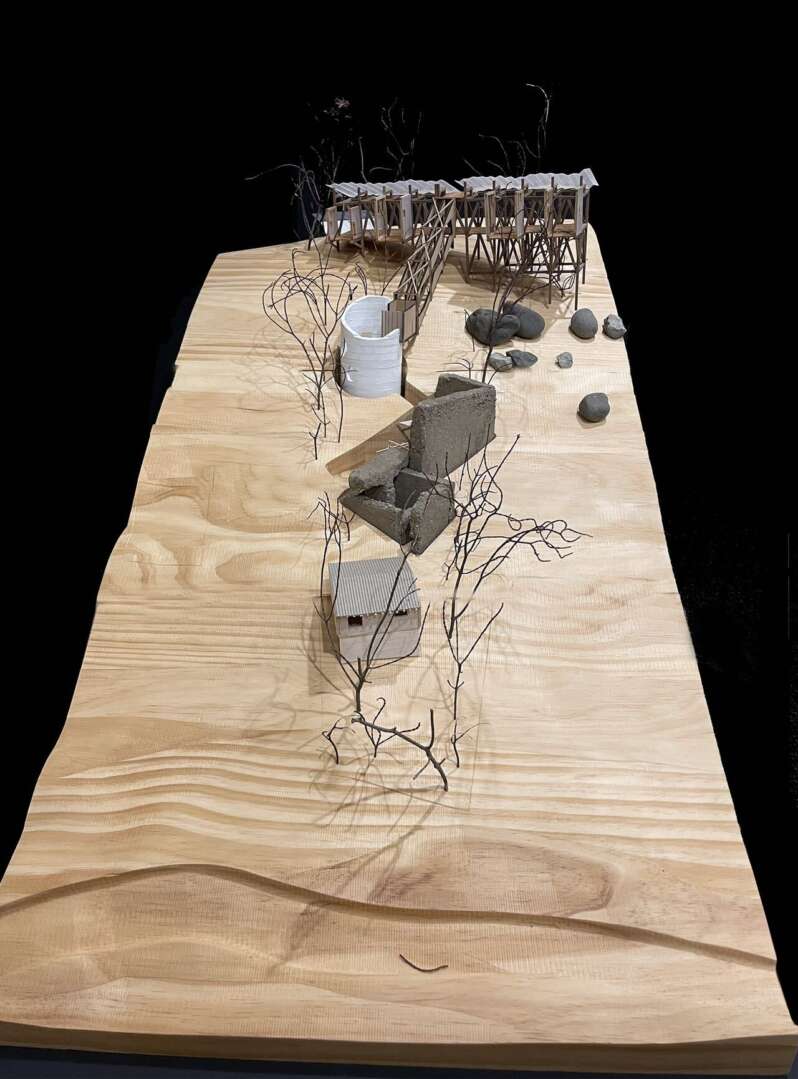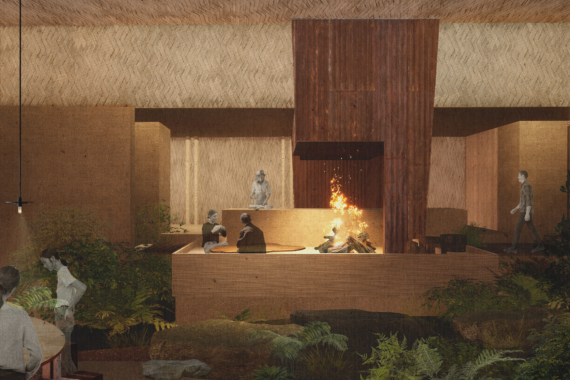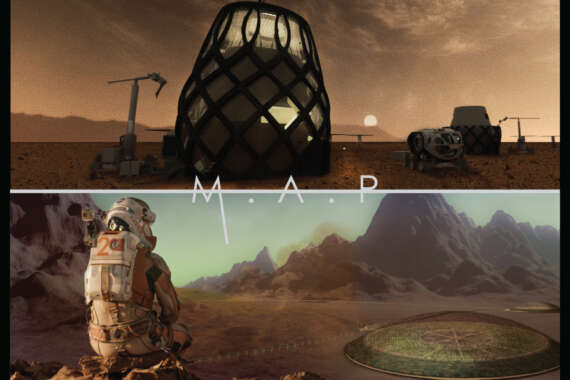Translating Harmony: Garden of Solidified Verses.

Suzhou Gardens are one medium that translates harmony, while poetry is another. By drawing on the shared qualities of Suzhou Gardens and poetry, architecture that is rich in meaning, emotionally resonant and deeply connected to nature can be created.
This project explores the potential of integrating the design principles of Suzhou Gardens with the thematic elements of Gu Cheng’s poetry to create a unique architectural expression. By drawing on the harmonious spatial composition of Suzhou Gardens and the evocative, nature-inspired themes of Gu Cheng’s poetry, the research aims to develop architectural spaces that foster a deep connection between humans and nature. The proposed design focuses on creating a series of spatial pavilions that were meticulously crafted to reflect Suzhou Gardens and Gu Cheng’s poetry. Through the synthesis of these two elements, the architecture will offer a holistic experience that celebrates the unity of humans and nature, bridging cultural traditions from both Asia and the Pacific. By doing so, the design aspires to create spaces that are not only aesthetically pleasing but also rich in symbolic meaning and emotional depth.
























